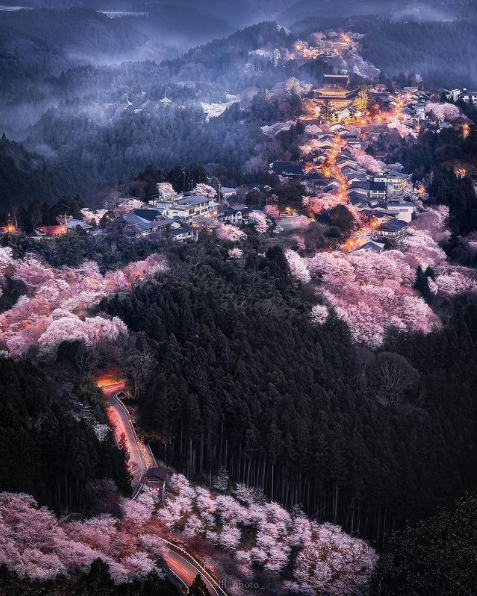The three best water stone quarry sources are found in Narutaki Japan, Arkansas, and the Ardennes in Belgium. Used for thousands of years, Japanese water stones are softer, wear down faster, but sharpen blades more quickly.
When in use, some water stone particles abrade exposing new stone surface to better sharpen blades. These stone particles make a "slurry," a paste, that helps sharpen and polish the blade. I use a middle grit (1,000) for basic sharpening, and a high grit (3,000) for a final polish.
When in use, some water stone particles abrade exposing new stone surface to better sharpen blades. These stone particles make a "slurry," a paste, that helps sharpen and polish the blade. I use a middle grit (1,000) for basic sharpening, and a high grit (3,000) for a final polish.
Larger particles of a lower grit stone remove more metal when sharpening a dull blade.
Smaller particles of higher grit stones polish the scratches left by coarser grit stones, leaving a polish. Sharpening fine steel blades on water stones takes some practice. (Scroll to bottom of page for instructional videos.)
Most treasured moments in Japan: While I was away visiting Hiroshima, four of my friends arranged for me to visit Gassan upon my return to Nara and Asuka Village. The film reel starts in Hiroshima and ends in Gassan Sadatoshi's samarai sword making studio in Sakuri City, Japan.
The sharpest samurai sword blades I've ever seen were in Gassan Sadatoshi's hands. I shot this video in his home while sipping Japanese tea. He taught us: "Swords are not for fighting." I think in his eyes, samurai swords are treasured works of art. The Gassan family has been crafting samurai swords for over 800 years.
(Includes a map and directions to his sword making studio.)
Part 1
Part 2


No comments:
Post a Comment